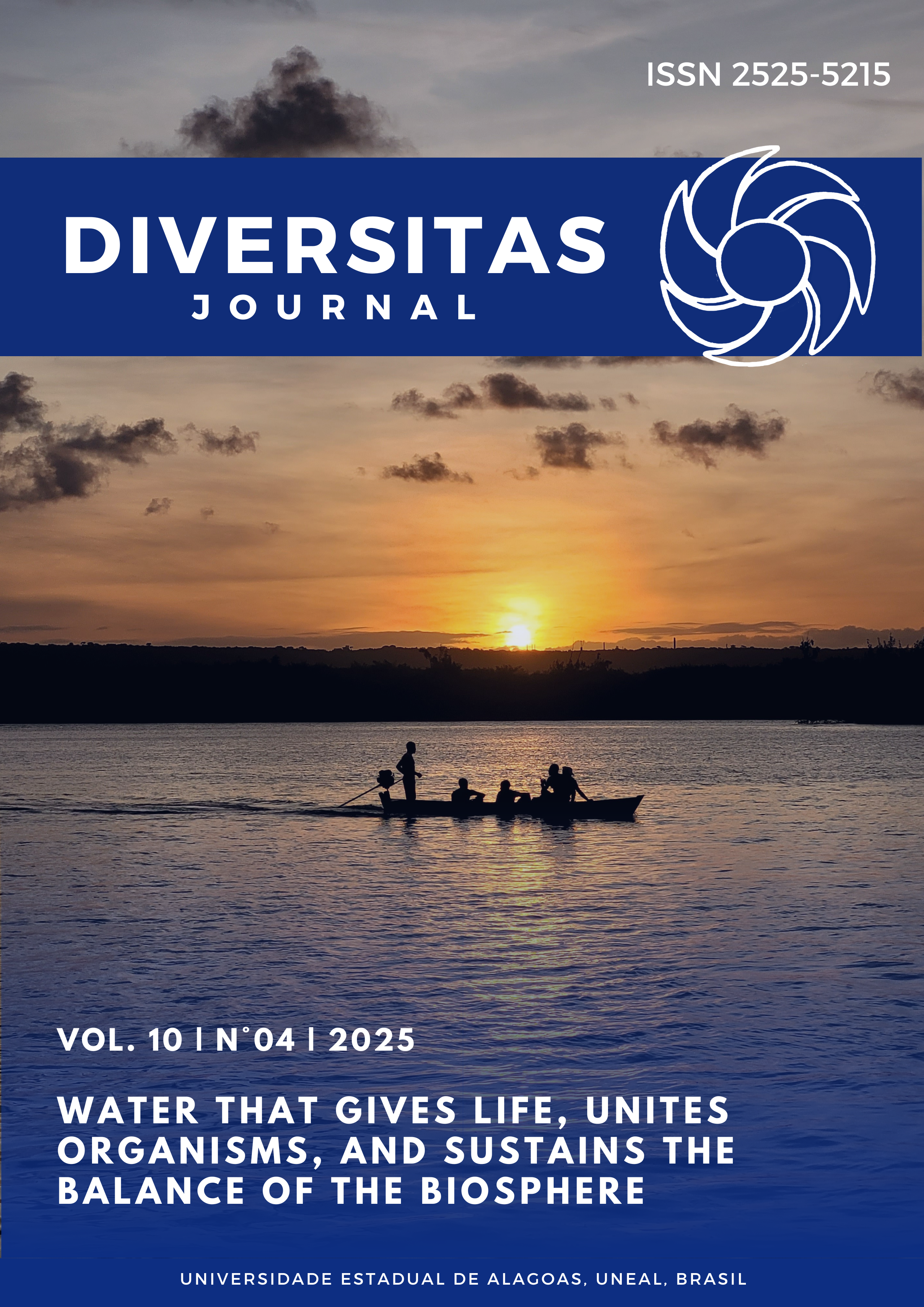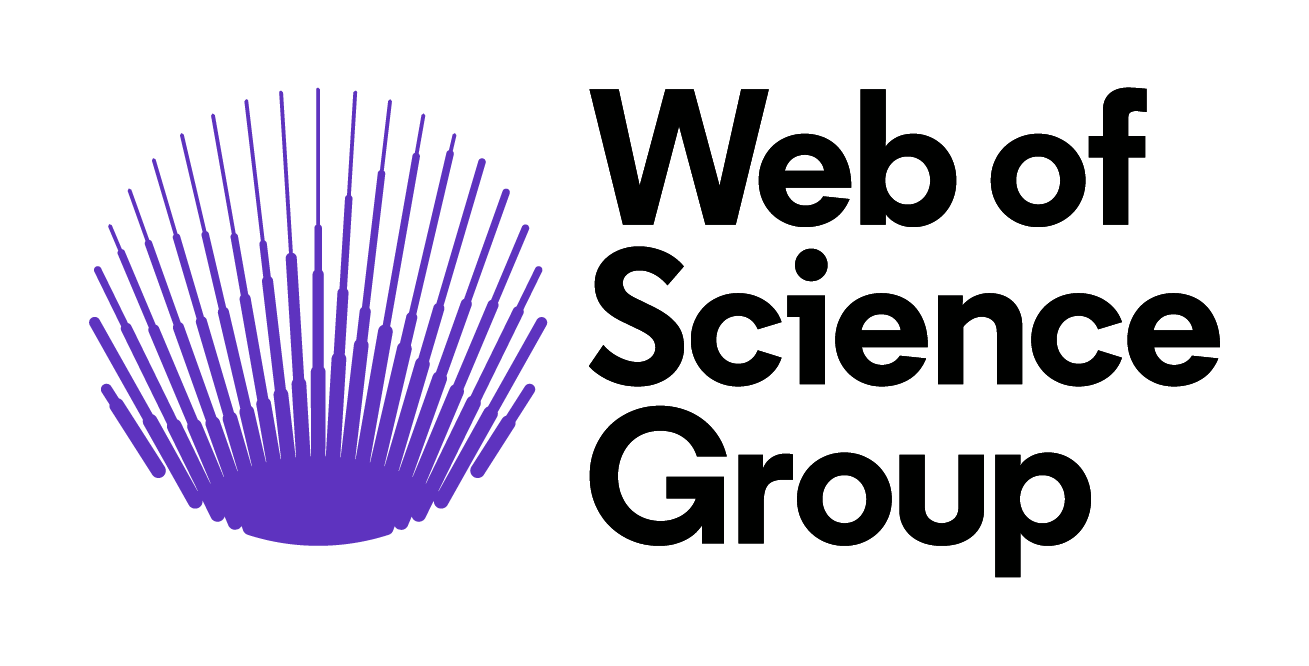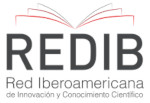Integrating Environmental Stewardship and Christian Values in Chemistry: Module Development for Junior High School Special Science Learners
DOI:
https://doi.org/10.48017/dj.v10i4.3527Keywords:
Chemistry education, environmental principles, values integration, SDG 4, ADDIEAbstract
This study developed and evaluated Environment and Christian Values-Oriented Chemistry Modules (ECCM) to integrate chemistry concepts with environmental principles and Christian values for Junior High School Special Science Program learners. The general objective was to create and validate the ECCM using the ADDIE instructional design model. Specific objectives included determining the feasibility of integrating environmental principles and Christian values in teaching chemistry, identifying the modules' instructional characteristics, and validating the ECCM regarding acceptability (content validity, format, presentation, accuracy) and usability (functionality). The study employed a Research and Development (R&D) design guided by the ADDIE model. Purposive sampling was used to select five chemistry experts to evaluate the modules. The modules integrated environmental principles such as "Everything must go somewhere," "Nature Knows Best," "Ours is a Finite Earth," and "Everything Changes" with corresponding Christian values. Two instruments were used: the DepEd Quality Assurance Tool and a Functionality Assessment Tool. Expert evaluations rated the modules as "Very Satisfactory" across content, format, presentation, accuracy, and functionality. The modules were deemed developmentally appropriate, scientifically accurate, well-structured, and effective in promoting cognitive and moral development. The integration of real-world environmental issues and biblical teachings was found to provide a meaningful and holistic learning experience. The study suggests pilot-testing classroom modules, gathering student feedback, enhancing visuals and language clarity, and developing digital versions to improve the ECCM further.
Metrics
References
Allonar, J., Salic-Hairulla, M. A., Orbita, R. R., Bagaloyos, J. B., & Adamat, L. A. (2024, August 31). Development of Contextualized Strategic Intervention Materials (CSIMs) in ecosystem. https://so13.tci-thaijo.org/index.php/J_IAMSTEM/article/view/916
Acanto RB (2024). NatPro LabPro: An innovative laboratory package in plant extract screening for scientific research projects. International Journal of Advanced and Applied Sciences, 11(5): 70-86. https://www.science-gate.com/IJAAS/2024/V11I5/1021833ijaas202405008.html
Aminrad, Z., Zakariya, S. Z. B. S., Hadi, A. S., & Sakari, M. (2013). Relationship between awareness, knowledge and attitudes towards environmental education among secondary school students in Malaysia. World Applied Sciences Journal, 22(9), 1326-1333.DOI 10.5829/idosi.wasj.2013.1326.1333. https://www.idosi.org/wasj/wasj22(9)13/15.pdf
Asyhar, R., & Minarni, M. (2024). Development of an environmental chemistry module based on green Chemistry principles through project activities. Journal of The Indonesian Society of Integrated Chemistry, 16(1), 75–85. https://doi.org/10.22437/jisic.v16i1.31744
Az-zahra, s. a., & Darmana, a. (2024). the relationship of religiosity with students' critical thinking skills on the subject of stoichiometry. jurnal inovasi pembelajaran kimia
Behiga, Roland. (2022). Issues with National Achievement Test (NAT) IN THE PHILIPPINES. https://www.researchgate.net/publication/361229592
Bonitez, Aurea (2021). Effectiveness of science strategic intervention material in elevating the performance level of grade seven students. International Journal of Advanced Research in Education and Society, [S.l.], v. 3, n. 2, p. 18-31, june 2021. ISSN 2682-8138. Available at: https://myjms.mohe.gov.my/index.php/ijares/article/view/13481
Butron, V. (2018). Validation and acceptability of a guidebook in writing investigatory projects Retrieved from https://www.semanticscholar.org/paper/
Cahyani, M. D., Gusman, T. A., & Akbar, A. Y. (2024). Profile of green Chemistry on chemistry education students: Study on developing green chemistry practical module to support Sustainable Development Goals (SDGs). Jurnal Penelitian Pendidikan IPA, 10(10), 7954–7959. https://doi.org/10.29303/jppipa.v10i10.7796
Chowdhury, T. B. M., Holbrook, J., & Rannikmäe, M. (2020). Socioscientific issues within science education and their role in promoting the desired citizenry. Science Education International, 31(2), 203-208. Https://doi.org/10.33828/sei.v31.i2.10
Daulay, r. a., Darmana, a., & Sitorus, m. (2018). The development of spiritual values integrated innovative chemistry practical guidance with inquiry model for senior high school students. advances in social science, education and humanities research, 200, 525-527
Dela Mines, R., & Cajucom, E. (2022). An evaluation of proposed General Chemistry learning modules by experts and teachers. IJCER (International Journal of Chemistry Education Research), 6(2), 108–116. https://doi.org/10.20885/ijcer.vol6.iss2.art7
Department of Education. (2019). Policy guidelines on the K-12 basic education program. https://www.deped.gov.ph/wp content/uploads/2019/08/DO_s2019_021.pdf
Ee, L. S., Xiaochen, Y., Ibrahim, N., & Surif, J. (2022). The development of problem-based learning module using ADDIE Model for physical and online secondary Chemistry education classroom. Sains Humanika, 14(3-2), 65–70. https://doi.org/10.11113/sh.v14n3-2.2020
Eames, C., Barker, M., Wilson-Hill, F., & Law, B. (2010). Investigating the relationship between whole-school approaches to education for sustainability and student learning: A summary. Wellington, New Zealand: New Zealand Council for Educational Research
Easa, E. & Blonder, R. (2022). Development and validation of customized pedagogical kits for high-school chemistry teaching and learning: the redox reaction example. Chemistry Teacher International, 4(1), 71-95. https://doi.org/10.1515/cti-2021-0022
EDCOM 2 communications. (2024, january 22). EDCOM 2 releases year one report, highlights system failure in education sector. https://edcom2.gov.ph/edcom-2-releases-year-one-report/
Etikan, I., Musa, S. A., & Alkassim, R. S. (2016). Comparison of convenience sampling and purposive sampling. American Journal of Theoretical and Applied Statistics, 5, 1-4. https://doi.org/10.11648/j.ajtas.20160501.11
Francis, P. (2015). Encyclical letter laudato Si’ of the holy father francis on care for our common home. vatican.va. https://www.vatican.va/content/francesco/en/encyclicals/documents/papa-francesco_20150524_enciclica-laudato-si.html
Galang, A., Reyes, D.P., De La Cruz, E., Oliva, M.T., Pinipin, L., Mesina, S., & Wood, M.R. (2003). Seven lenses or environmental principles as if adults mattered. Makati City, Philippines: Bookmark
Komathy, Veerasinghan., Balamuralithara, Balakrishnan., Muhd, Ibrahim, Muhamad, Damanhuri., Kumaran, Gengatharan. (2021). Design thinking for creative teaching of Chemistry. The International Journal of Academic Research in Business and Social Sciences, 11(3):670-687. http://dx.doi.org/10.6007/IJARBSS/v11-i3/8979
Krisprimandoyo, D. A., Jayusman, H., Arpianto, Y., Sulistyo, A. B., & Simbolon, B. (2023). Integrating environmental principles in sustainable corporate management strategies. International Journal of Science and Society, 5(4), 475-486. https://doi.org/10.54783/ijsoc.v5i4.806
Kumala, D. R., Khusniatil, K. U., & Azzanizawaty, N. (2018). Chemistry learning innovation with religious character integrated reaction rate module for class xi students of senior high school. 1 Fenomena, 21(2), 120–131. https://doi.org/10.35719/fenomena.v21i2.12
Malaluan, L. E., Espinosa, A. A., & Duad, V. D. (2023). Manifestations of environmental principles in bridging scientific context, reasoning and behaviour: framework in the development of environmental education programmes in the Philippines. Australian Journal of Environmental Education, 39(2), 199–212. 1 https://doi.org/10.1017/aee.2022.4
Mamintal, A. (2024). Development, validation, and aassessment of Chemistry-based electronic module Using Nod to Mind Advancement (NODMA). American Journal of Multidisciplinary Research and Innovation, 3(6), 49–61. https://doi.org/10.54536/ajmri.v3i6.3933
Mawarnis, E. R., Ramadhani, s., & Herman, m. (2023). Development of module integrated with qur’anic verses based on discovery learning on reaction rate material. In proceedings of the international conference on social science and education (icoesse 2023) (vol. 789, pp. 63-69). Atlantis Press. https://doi.org/10.2991/978-2-38476-142-5_12
Mecampong, C. B. (2017). Status of chemistry teaching of the MSU community high schools and the national high schools of Marawi City and Lanao del Sur. International journal of humanities and social sciences, 9(2),138-144. http://aajhss.org/index.php/ijhss
Medina, E. D., & Baraquia, L. G. (2023). Development and validation of discovery-based modules in teaching chemistry. Polaris Global Journal of Scholarly Research and Trends, 2(1), xx-yy. https://doi.org/10.58429/pgjsrt.v2n1a107.
Ningsih, T., Purnomo, S., Muflihah, M., & Wijayanti, D. (2022). Integration of Science and Religion in Value Education. IJORER : International Journal of Recent Educational Research, 3(5), 569-583. https://doi.org/10.46245/ijorer.v3i5.248
OECD (2023), PISA 2022 Results (Volume I): The State of Learning and Equity in Education, PISA, OECD Publishing, Paris, https://doi.org/10.1787/53f23881-en
Orbe, J., Espinosa, A. A., & Datukan, J. T. (2018). Teaching Chemistry in a spiral progression approach: Lessons from Science Teachers in the Philippines. Australian Journal of Teacher Education, 43(4), 17–30. https://doi.org/10.14221/ajte.2018v43n4.2
Putri, R., Winarni, S., & Erlidawati. (2023). Development of chemistry questions integrated with religious values on acid-base topic. thabiea : journal of natural science teaching, 6(2), 213-226. http://journal.iainkudus.ac.id/index.php/Thabiea
Rahmawati, Y., Akbar, M. J., Budi, S., & Ridwan, A. (2023, January 27). Exploring value-based learning environment for sustainable development in education: Integration of socio-scientific issues in chemistry learning. AIP Conference Proceedings, 2540(1), 040006.
Ramirez, H. & Paderna, E. (2024). High school students’ perceived performance and relevance of chemistry learning competencies to sustainable development, action competence, and critical thinking disposition. Chemistry Teacher International. https://doi.org/10.1515/cti-2024-0087
Rayla, A. R., & SONSONA, R. P. J. (2023). Developing speaking skills teaching material for Filipino Senior High School Students based on ADDIE model. JEE (Journal of English Education), 9(1), 98–110. Https://doi.org/10.30606/jee.v9i1.1838
Reyes, R. L. (2025). Integrating real-world problems into chemistry curricula: Enhancing relevance and student engagement. Forum for Education Studies, 3(2), 2177. https://doi.org/10.59400/fes2177
Salamat, R. M. (2024). Effect of contextualized-based e-learning modules in Chemistry 10 on student’s conceptual understanding. Psychology and Education: An Interdisciplinary Journal, 19(9), 962–969. https://doi.org/10.5281/zenodo.11194444
Saputro, A. N. C., Aznam, N., & Partana, C. F. (2022). Integration method of religious character values in chemistry learning. jurnal kimia dan pendidikan kimia, 7(1), 1-12. https://doi.org/10.20961/jkpk.v7i1.55601
Setiabudi, A., Mulyadi, M., & Puspita, H. (2019). An analysis of validity and reliability of a teacher-made test. Journal of English Education and Teaching, 3(4), 522–532. https://doi.org/10.33369/jeet.3.4.522-532
Sudarmin, S.; Sumarni, Woro; Zahro, Laily; Diba, Pawestri Farah; Rosita, Asfia (2018). The development of learning Chemistry module integrated with green chemistry and ethnoscience to development of students' generic science skills and soft skills of conservation in Central Java. Journal of Science and Mathematics Education in Southeast Asia, (41) https://eric.ed.gov/?id=EJ1247095
Surya, W., & Arty, I. S. (2021). Students’ attitudes toward chemistry based on their learning experiences. Journal of Physics, 1806(1), 012178. https://doi.org/10.1088/1742-6596/1806/1/012178
Syafitri, A., & Darmana, A. (2018). Development of chemistry module integrated with islamic values in thermochemistry and reaction rate for senior high school student. jurnal pendidikan kimia, 10(3), 418-423. https://doi.org/10.24114/jpkim.v10i3.12720
Tintu, R. (2018). Developing value integrated chemistry learning package spiced with holy verses for fostering social skills in secondary school students. ijcrt, 6(2), 130-137. https://ijcrt.org/papers/IJCRT1134536.pdf “Usability Evaluation Basics” (n.d.). Retrieved from https://www.usability.gov/what-and-why/usability-evaluation.html
Yeh, H.-C., & Tseng, S.-S. (2019). Using the ADDIE Model to Nurture the Development of Teachers’ CALL Professional Knowledge. Educational Technology & Society, 22 (3), 88–100. https://www.jstor.org/stable/26896712
Yueh, M.M., & Barker, M. (2011). Framework thinking, subject thinking and “Taiwan-ness” in environmental education. Australian Journal of Environmental Education, 27(1), 134–142.
Downloads
Published
How to Cite
Issue
Section
License
Copyright (c) 2025 Elsa Cajucom, Joey-Nell T. Marzan

This work is licensed under a Creative Commons Attribution 4.0 International License.
The Diversitas Journal expresses that the articles are the sole responsibility of the Authors, who are familiar with Brazilian and international legislation.
Articles are peer-reviewed and care should be taken to warn of the possible incidence of plagiarism. However, plagiarism is an indisputable action by the authors.
The violation of copyright is a crime, provided for in article 184 of the Brazilian Penal Code: “Art. 184 Violating copyright and related rights: Penalty - detention, from 3 (three) months to 1 (one) year, or fine. § 1 If the violation consists of total or partial reproduction, for the purpose of direct or indirect profit, by any means or process, of intellectual work, interpretation, performance or phonogram, without the express authorization of the author, the performer, the producer , as the case may be, or whoever represents them: Penalty - imprisonment, from 2 (two) to 4 (four) years, and a fine. ”


















